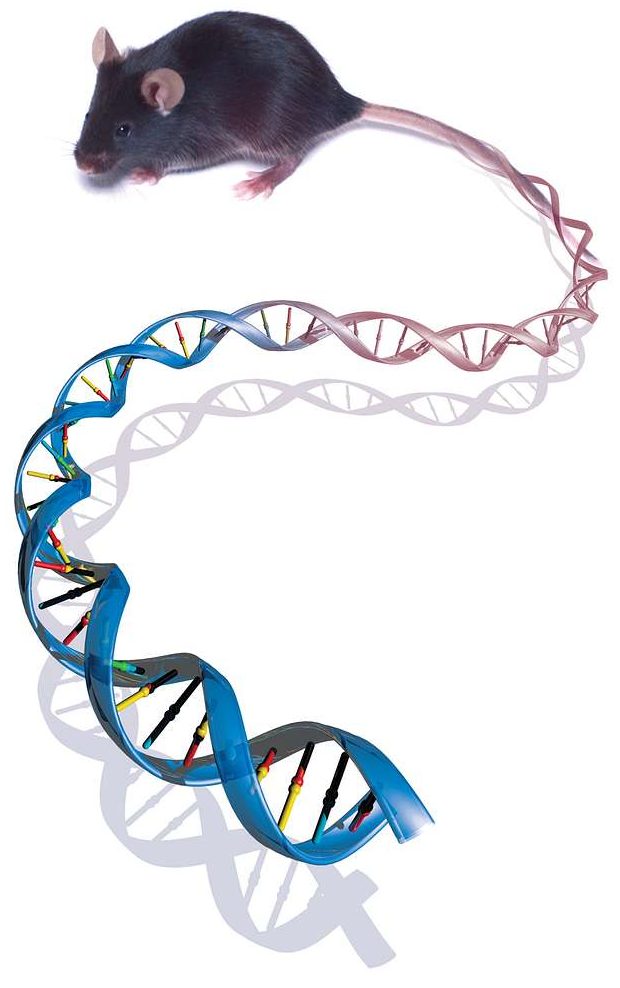 In most warehousing and distribution operations there is the continuing question of where rodents originate. Are they breeding in the warehouse or are they being shipped in along with product from other locations? Finding and eliminating the source of rodent infestation is the final step in a zero-tolerance program of rodent control. That eliminates not only the current infestation, but future problems as well. That, in turn, reduces ongoing costs of exterminators and other control measures.
In most warehousing and distribution operations there is the continuing question of where rodents originate. Are they breeding in the warehouse or are they being shipped in along with product from other locations? Finding and eliminating the source of rodent infestation is the final step in a zero-tolerance program of rodent control. That eliminates not only the current infestation, but future problems as well. That, in turn, reduces ongoing costs of exterminators and other control measures.
CaRDS has partnered with the U.S. Department of Agriculture under a Cooperative Research and Development Agreement to provide our clients with DNA analysis of relevant mice to determine their source. A decade ago, our dogs helped with a similar project in New York City that helped to identify and eliminate rat reservoirs in the city. Now, we can bring this technology to the food supply chain.
Most simply, a profile of mice taken at a given site are compared to DNA profiles of mice at another known (and cooperating) location. Mice living outside, but in proximity to the client location are also analyzed to determine if there is any entry being gained from outside the facility.
The DNA samples are collected by the CaRDS teams and submitted under a blind, coded system to USDA’s laboratory in Colorado. This is a blind research study and USDA never knows the actual source of the samples, although they do know, collectively, the participants in the project.
If a match is found, we advise the involved participants confidentially and each facility may then take whatever recourse it desires to address the problem. In most instances, a visit or two from the regional CaRDS team will eliminate the source.